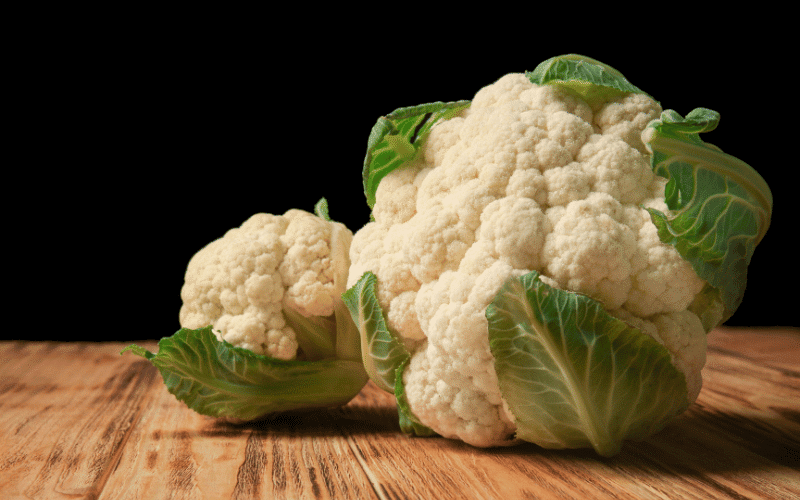Introduction: The Path to Kidney Health through Renal Diet and Top Food Choices

Living with kidney disease can be a challenging journey, but a renal diet can make a world of difference in maintaining kidney health. A renal diet is specifically tailored for those with kidney disease or impaired kidney function, helping regulate essential nutrients like sodium, potassium, and phosphorus, which significantly impact kidney function. By adhering to a renal diet, you can maintain optimal kidney health and minimize the risk of further complications.
In this article, we’ll explore the renal diet food list, focusing on the top 20 foods that are not only delicious but also beneficial for kidney health. These foods will be easy to incorporate into your daily routine and add variety to your diet. With the right combination of food choices, you can take charge of your kidney health and live a fulfilling life.
Before diving into the top 20 foods, it’s essential to understand the importance of a renal diet in managing kidney disease. Kidney disease can result from various factors, including diabetes, high blood pressure, and genetic predisposition. Regardless of the cause, a renal diet can help control and prevent the progression of kidney disease. By choosing kidney-friendly foods, you can slow down the decline in kidney function and ensure your kidneys work efficiently for as long as possible.
Furthermore, the renal diet helps manage electrolyte levels, such as potassium, sodium, and phosphorus, in the body. These electrolytes are crucial for maintaining the body’s overall balance, and kidney disease can often lead to their buildup, causing complications. By selecting foods low in these electrolytes and high in essential nutrients, you can effectively manage your kidney health.
Now that we’ve established the significance of a renal diet let’s explore the top 20 foods that can make a difference in your overall kidney function. We’ll discuss the benefits of each food and offer tips on how to incorporate them into your meals. So, let’s embark on this journey to better kidney health together!
1. Cauliflower: The Low-Potassium Powerhouse for Kidney Health

Cauliflower has gained popularity in recent years due to its versatility and numerous health benefits. This cruciferous vegetable is a fantastic choice for those following a renal diet due to its low potassium content, which helps maintain balanced electrolyte levels. Cauliflower is also high in vitamin C, a potent antioxidant that supports a healthy immune system and aids in iron absorption.
In addition to its impressive nutritional profile, cauliflower is an excellent source of dietary fiber, which aids in digestion and helps regulate blood sugar levels. Fiber is essential for individuals with kidney disease, as it promotes regular bowel movements and reduces the risk of constipation. This is particularly important because constipation can lead to increased toxin buildup in the body, further stressing the kidneys.
Another advantage of incorporating cauliflower into a renal diet is its ability to act as a substitute for high-potassium vegetables, such as potatoes. For example, you can make cauliflower rice or cauliflower mash, which provide similar textures and flavors but with significantly lower potassium levels. This makes it easier to adhere to a renal diet without sacrificing taste or variety.
Cauliflower is also known for its anti-inflammatory properties, thanks to the presence of compounds called glucosinolates. These compounds break down into isothiocyanates, which have been shown to reduce inflammation and protect against various chronic diseases. Since inflammation can exacerbate kidney disease, including cauliflower in your diet may provide additional health benefits.
To incorporate cauliflower into your renal diet, try roasting it in the oven with a drizzle of olive oil and your favorite seasonings, or steam it and blend it into a creamy soup. You can also add raw cauliflower florets to salads or mix them into a stir-fry for an extra boost of nutrition. (1)